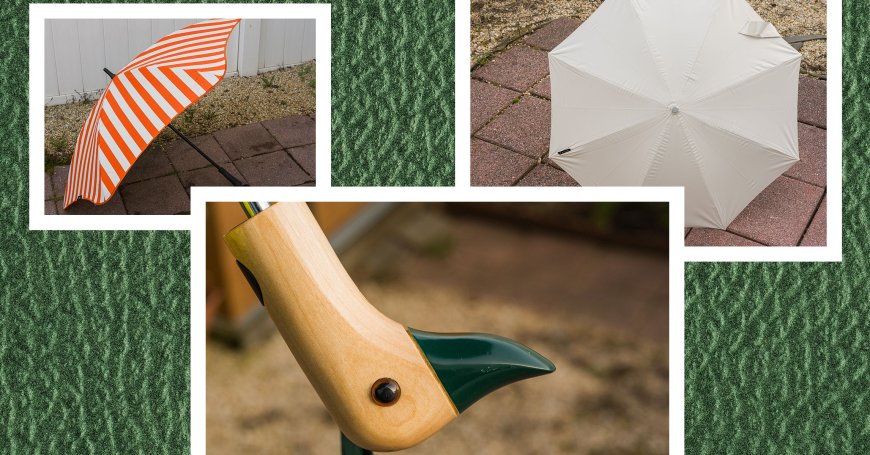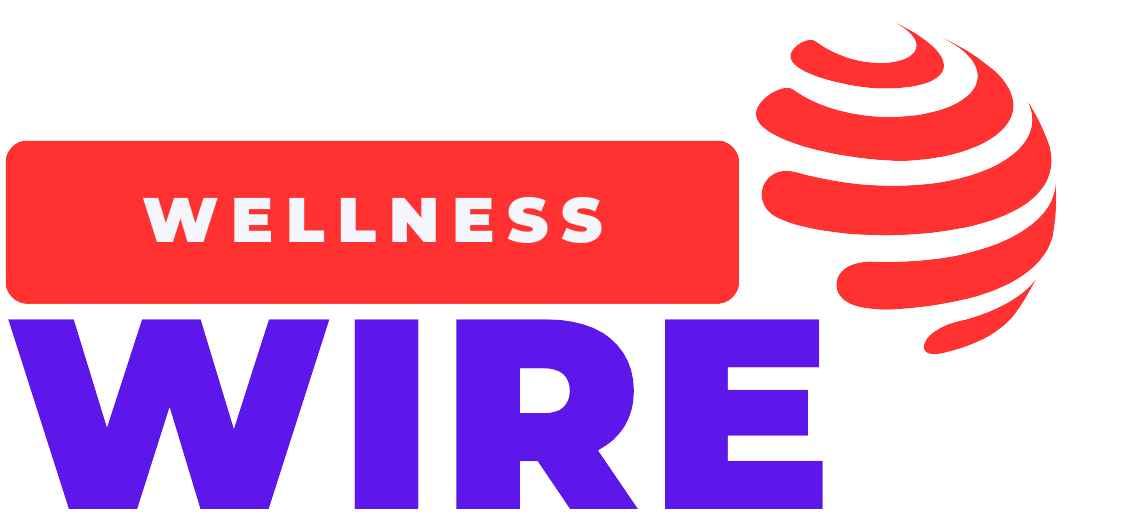12 Best Umbrellas (2025), Tested and Reviewed

38-Inch Canopy or Larger: Unless you're going for something ultra-small and travel-friendly like the Davek Mini below, you ideally want a canopy with a 38-inch diameter or more to keep most of your body dry. It's also worth looking at the arc dome to make sure it has just the amount of curve to shield your head and torso.
Eight Strong Ribs: Make sure there are at least eight ribs holding up the canopy and that the ribs are made of some type of fiberglass—it's a flexible and sturdy material, so it'll fare better resisting high winds. It's even better if the shaft is made of fiberglass or carbon fiber.
Double/Vented Canopy: If you’re in a windy area, a double-layer canopy (also called vented) will allow wind to pass through much better than a single canopy, which means better resistance and less of a chance for your umbrella to turn inside out. If your umbrella does turn inside out, you usually can reset it by pushing the button to close it or by pulling down the shaft and pushing it back up.
Ultraviolet Protection Factor (UPF): Many companies now offer umbrellas with a canopy that can block ultraviolet radiation to reduce exposure and the risk of skin cancer. You'll usually see this noted in the product page, and what you want to look for is the UPF rating. The Skin Cancer Foundation recommends a UPF rating of 50+, which blocks 98 percent of the sun's rays. Rather than buying a normal umbrella and an umbrella with a strong UPF rating, it may make more sense to buy one that excels at keeping away rain and harmful rays.
What's Your Reaction?
 Like
0
Like
0
 Dislike
0
Dislike
0
 Love
0
Love
0
 Funny
0
Funny
0
 Angry
0
Angry
0
 Sad
0
Sad
0
 Wow
0
Wow
0



















































